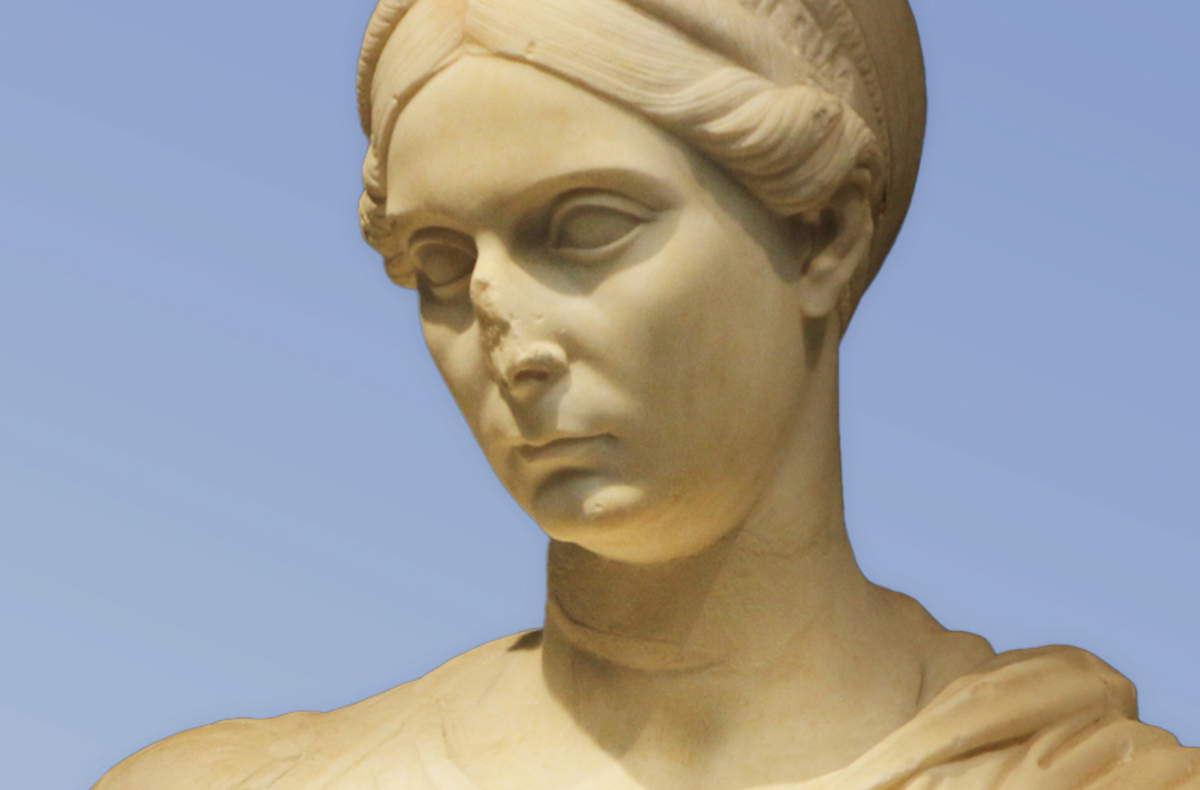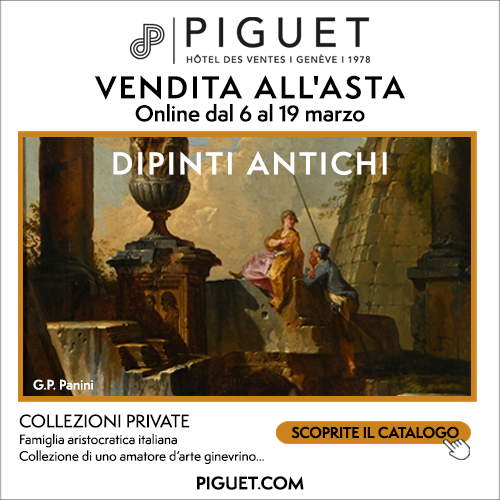The Ostiense Museum reopens to the public after upgrading and refitting works and restoration of works
Within the Archaeological Park of Ancient Ostia, the Ostiense Museum reopens to the public with CIPE funding of more than 3 million euros, after structural adjustment and rearrangement works and after the restoration of the works included in the exhibition itinerary.
The need to refurbish the museum stems from two main requirements: to illustrate the history and context of the Roman city of Ostia through a completely new museum narrative compared to the past and, at the same time, to adapt and bring up to standard, both from a structural point of view and in terms of physical and cognitive accessibility, the Casone del Sale, a 16th-century building that already housed the Ostiense Museum. The latter was also updated in terms of plant equipment, lighting and technology, as well as from a scientific and exhibition point of view, in order to create the right atmosphere and ensure the full usability of the works on display.
The museum itinerary, divided into 12 rooms, is organized into 7 major macro-themes: origins and the republican age, imperial power, civic spaces, population, religions and cults, necropolis of the territory and forms of living. Specific insights concern the sanctuary of Via della Foce, the funerary contexts from Isola Sacra and the space dedicated to the “philosophers.” The exhibition is enriched by a multimedia apparatus that complements traditional didactic tools: touchscreens that allow visitors to delve, through historical photographs and drawings preserved in Ostia’s archives, into the main monuments and city neighborhoods, thus making accessible a documentary heritage usually not visible. In addition, in-depth videos are available through a sound shower system, which allows the audio to be heard without disturbing other visitors in the room.
On the occasion of the rearrangement, more than one hundred works from the permanent collection underwent specialized restoration work. This complex project addressed various conservation issues related to the type of artifacts (sculptures, reliefs, mosaics, paintings, etc.) and the materials of which they are composed. It was also necessary to consider the additions and modifications made to the works after their discovery in the 20th century. Unlike in the past, it was decided not to reintegrate what was irretrievably lost, in order to encourage the appreciation of what remained. Therefore, self-supporting metal structures were made for some sculptures that reproduce the dimensions of the missing parts, thus allowing visitors to imagine and mentally reconstruct the absent portions.
The creation of the new Ostiense Museum was a significant undertaking for the Archaeological Park of Ancient Ostia, with the aim of expanding and diversifying its cultural offerings. This project adds to a series of new openings and initiatives launched over the past four years. In particular, in October 2021, the Museum of the Ships in Fiumicino was inaugurated and at the same time the continuous opening, from Tuesday to Sunday, of the archaeological area of the Ports of Claudius and Trajan, the Necropolis of Porto all’Isola Sacra in Fiumicino, and the Castle of Julius II in Ostia Antica was guaranteed. Finally, in October 2023, in the presence of Culture Minister Gennaro Sangiuliano, the basilica complex of St. Hippolytus at Isola Sacra (Fiumicino) was inaugurated.
The ceremony was attended by Culture Minister Gennaro Sangiuliano, Museums General Director Massimo Osanna, and Ancient Ostia Archaeological Park Director Alessandro D’Alessio.
Statements
“This reopening is important not only for the Ostia Archaeological Park but for the entire national museum system,” says Culture Minister Gennaro Sangiuliano. “Within the site, with a new exhibition itinerary and the restoration of numerous works, it is possible to fully understand Ostia’s role in Rome’s history. Museums are the identity geography of the nation. The outstanding attendance figures released these days, with 57 million visitors in 2023 and more than 22 percent over the previous year, confirm a renewed awareness among citizens and tourists of the importance of visiting a cultural site. In less than two years we have reopened many museums: Castellammare di Stabia, Correale di Sorrento, and we are working on other reopenings. I believe that culture should be evenly spread throughout the country because it means first and foremost quality of life. Italy is a cultural superpower, unique in global history, and we should be proud, when a new museum site opens, of our great past.”
“The reopening of the Ostiense Museum represents an achievement of great relevance not only for the Archaeological Park of Ancient Ostia, but for the entire National Museum System, whose cultural offerings it enriches, also in the direction of a strengthening of the visiting routes in a network perspective,” says Massimo Osanna. “This milestone also offers a fundamental contribution to the broader objective, strongly pursued by the Directorate General for Museums, of enhancing the unexpressed cultural heritage: artifacts, works and spaces that become or return to public use, with the repositories that, from forgotten places, are now increasingly the crossroads from which the rethinking and renewal of our cultural places pass.”
“The entire Archaeological Park, with the monumental areas of the imperial ports of Claudius and Trajan and the Necropolis of Porto on Isola Sacra represent, without a doubt, a cornerstone of Roman archaeology and art history, as far as both sculptural production and, above all, mosaic and pictorial production are concerned, with works of the highest quality that are entirely identifiable and exemplifying the reality of Ostiense. And the same can be said of Ostia’s monumental architecture and building, practically a summa of building types and techniques as of Roman architectural decoration,” added Alessandro D’Alessio, director of the Ostia Antica Archaeological Park. “The first ambition of the Ostiense Museum is to recompose, as never before and net of the albeit unavoidable museographic aspects, the network of relations, very close and biunivocal, that unites the masterpieces and other objects on display to the urban, infrastructural and funerary contexts of pertinence. That is, to systematize the city (that of the living and that of the dead), its institutions and functioning, with the artistic and material culture that emanated from it.”
A guidebook has also been published (edited by Alessandro D’Alessio and Cristina Genovese for Electa types), which brings together the texts of the introductory panels to the new itinerary and the individual rooms into which the exhibition of works is divided, including a large selection of the most significant pieces.
 |
| The Ostiense Museum reopens to the public after upgrading and refitting works and restoration of works |
Warning: the translation into English of the original Italian article was created using automatic tools. We undertake to review all articles, but we do not guarantee the total absence of inaccuracies in the translation due to the program. You can find the original by clicking on the ITA button. If you find any mistake,please contact us.





























